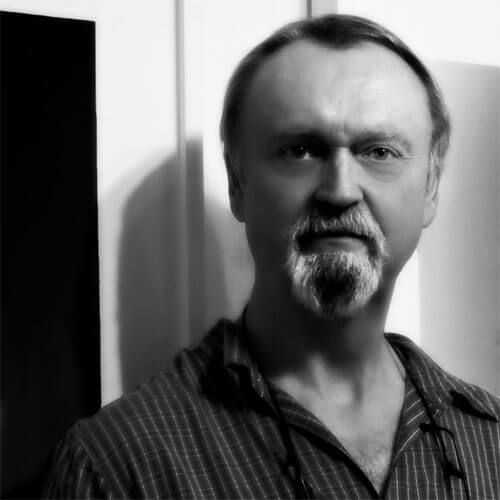I am a freelance photographer living in a small town on the coast of Maine. My interest in photography began at the age of twelve when my parents bought me a Super 8 movie camera for Christmas. A few years later I bought my first 35mm camera. After studying art at the University of Maine, I started and ran several businesses over the course of twenty years. During that period I found the time to study photography and to pursue personal projects that resulted in several bodies of work. Although I'm not a travel photographer, many of these undertakings took me to Africa, Asia, Greenland, and the South Pacific. My photographs are in private collections in the USA, Great Britain, Australia, and Central America, and my work has been shown in galleries and museums across the US and abroad. My images and portfolios have been published in The Photo Review, Shots Magazine, B&W and Color Magazine, and on Aline Smithson's blog Lenscratch.
